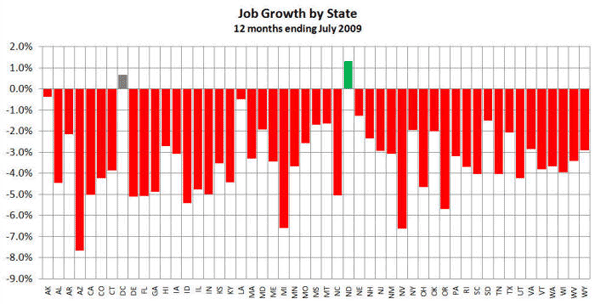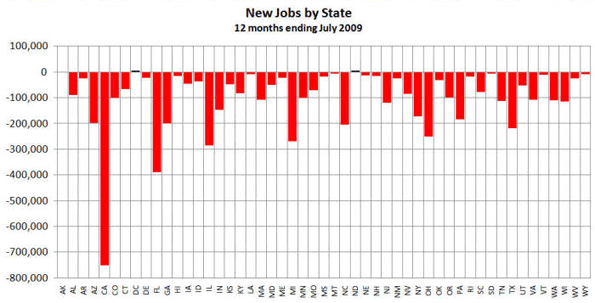Not long ago, I saw an urban planner speak about the “Popsicle test” as a barometer for healthy urban design: in an ideal community, a child is able to safely walk a short distance from their home to buy a Popsicle. In such a community, kids have the freedom and independence to enjoy a carefree childhood walk without having to worry about traffic or neighborhood bullies.
But increasingly, allowing a child to walk those few blocks for his beloved Klondike bar is looked at as a gross act of parental negligence and child abandonment. As this NY Times article attests, allowing an unsupervised or unaccompanied stroll from school in many communities will earn you the admonishment of school administrators, the police, and of course, fellow parents. One Columbus, Ohio parent allowed her 10 year-old son to walk the mile back from school prompting several 911 calls by concerned drivers upon seeing the child walking alone. A police officer drove him home and reprimanded the parents. And it was an unusual sight: only 13% of children walked or biked to school in 2001 compared to 41% in 1969.
Overparenting run amok? Every time a stomach-churning story about a Jaycee Dugard breaks, it dominates the news for a good week. Coupled with the innumerable fictional depictions of kidnapping on television shows and it’s no wonder that American parents expect to see a dirty van with tinted windows on every suburban street.
Yet, an examination of missing children statistics shows that the fear of kidnapping is rather disproportionate to the actual threat. Looking at the data from the California Dept. of Justice, for example, there were 114,000 missing children reports filed in the state last year (for comparison’s sake there were nearly 37,000 missing adults claims). Of this number, 108,000 or 95%, were runaways. There were 35 documented Dugard-type stranger abductions compared to 1,363 parental or family abductions. That is to say, in documented cases, a child is almost 40 times more likely to be swept away by a disgruntled parent wronged in a divorce settlement than a Philip Garrido whack-job. But when a child is missing, in 19 of 20 cases they have run away.
But such nuances of the data are lost on sites like the National Amber Alert Registry which announces, on its "statistics page" complete with a clock ticker, that 800,000 children go missing every year – one every 40 seconds. A more accurate ticker would say, “a child goes missing every 40 seconds, but most are runaways that end up returning home.”
It goes without saying that the value of parental diligence and responsibility should never be discounted and that the nightmare of child abduction does exist, but the fear of it has grown in recent years to a such level of hysteria that some of the pleasures and autonomy of childhood have been removed. Groups like Safe Routes to School are concerned by the decrease in the number of children walking and biking to school and are working on increasing the number of safe commuting routes for kids.
But as long as the fear of the "Popsicle walk" is pervasive, it appears that kids will be nagging their parents for a "Popsicle drive" for a long time to come.














